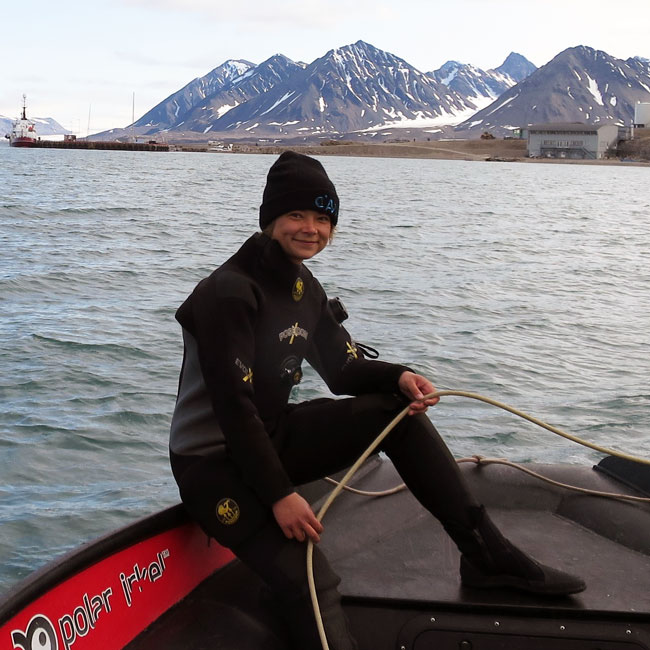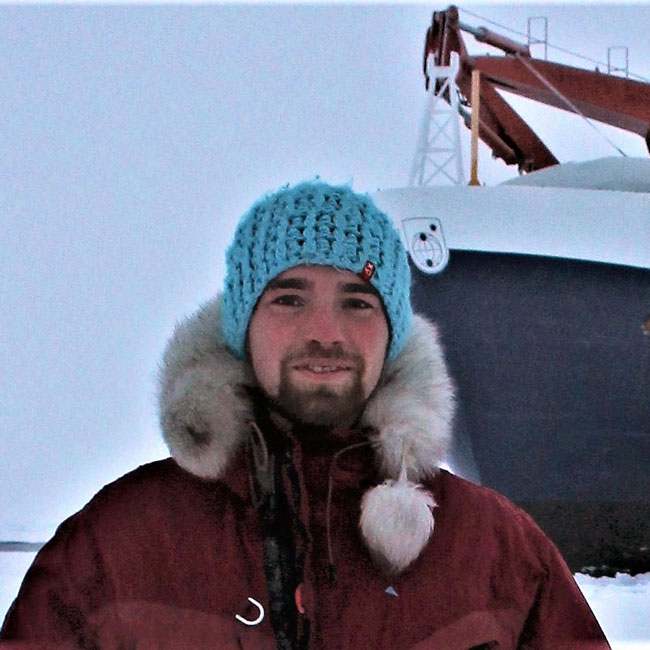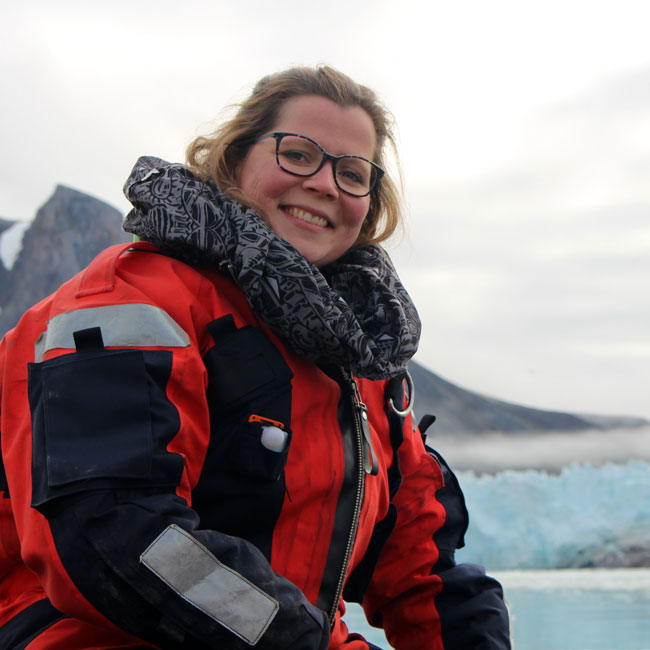Light-mediated temperature susceptibility of kelp species (Agarum clathratum, Saccharina latissima) in an Arctic summer heatwave scenario
[Published 13 March 2024]
Scientific Publications
Abstract
Kelps (Phaeophyceae, Laminariales) are ecosystem engineers along Arctic rocky shores. With ongoing climate change, the frequency and intensity of marine heatwaves are increasing. Further, extensive meltwater plumes darken Arctic fjords. Assessing the effect of a sudden temperature increase at the cold-distribution limit of cold-temperate kelp species, we compared the responses of two kelp species (Agarum clathratum, Saccharina latissima) to realistic Arctic summer heatwave scenarios (4–10°C) under low- and high-light conditions (3; 120 μmol photons m-2 s-1) for 12 days. We found high-light causing physiological stress in both species (e.g., lower photosynthetic efficiency of photosystem II), which was enhanced by cold and mitigated by warm temperatures. Under low-light conditions, we found no temperature response, probably due to light limitation. Both species acclimated to light variations by adjusting their chlorophyll a concentration, meeting cellular energy requirements. A. clathratum had ~150% higher phlorotannin concentrations than S. latissima, possibly acting as herbivore-deterrent. Our findings suggest competitive advantages of kelps on different Arctic coasts with ongoing warming: A. clathratum has advantages in future areas, with low-light intensities, and possibly high grazing pressure and S. latissima in areas with high-light intensities and low grazing pressure. Species composition changes might have cascading consequences on ecosystem functioning.
FACE-IT Scientists:
Sarina NIEDZWIEDZ
Marine Botany, University of Bremen, Germany
Sarina’s FACE-IT Projects
Role in FACE-IT:
• PhD student "Ecosystem Function Changes"
Tobias Reiner VONNAHME
Greenland Institute of Natural Resources, Greenland Climate Research Centre (GCRC), Nuuk, Greenland
Tobias’ FACE-IT Projects
Role in FACE-IT:
• Researcher "Biodiversity Changes"
• Researcher "Ecosystem Function Changes"
Thomas JUUL-PEDERSEN
Greenland Institute of Natural Resources, Greenland Climate Research Centre (GCRC), Nuuk, Greenland
GCRC personal page
Thomas’ FACE-IT Projects
Role in FACE-IT:
• Researcher "Ecosystem Function Changes"
Kai BISCHOF
Marine Botany, University of Bremen, Germany
Center for Marine Environmental Sciences MARUM, University of Bremen, Germany
UBremen personal page
Kai’s FACE-IT Projects
Role in FACE-IT:
• Scientific Coordinator
• Member of the Executive Board
• Co-Leader "Policy Dialogue and Outreach"
• Co-Leader "Project Management"
• Leader "Ethical Requirements"
• Researcher "Biodiversity Changes"
• Researcher "Ecosystem Function Changes"
Nora DIEHL
Marine Botany, University of Bremen, Germany
ResearchGate
Nora’s FACE-IT Projects
Role in FACE-IT:
• Researcher "Biodiversity Changes"
• Researcher "Ecosystem Function Changes"





